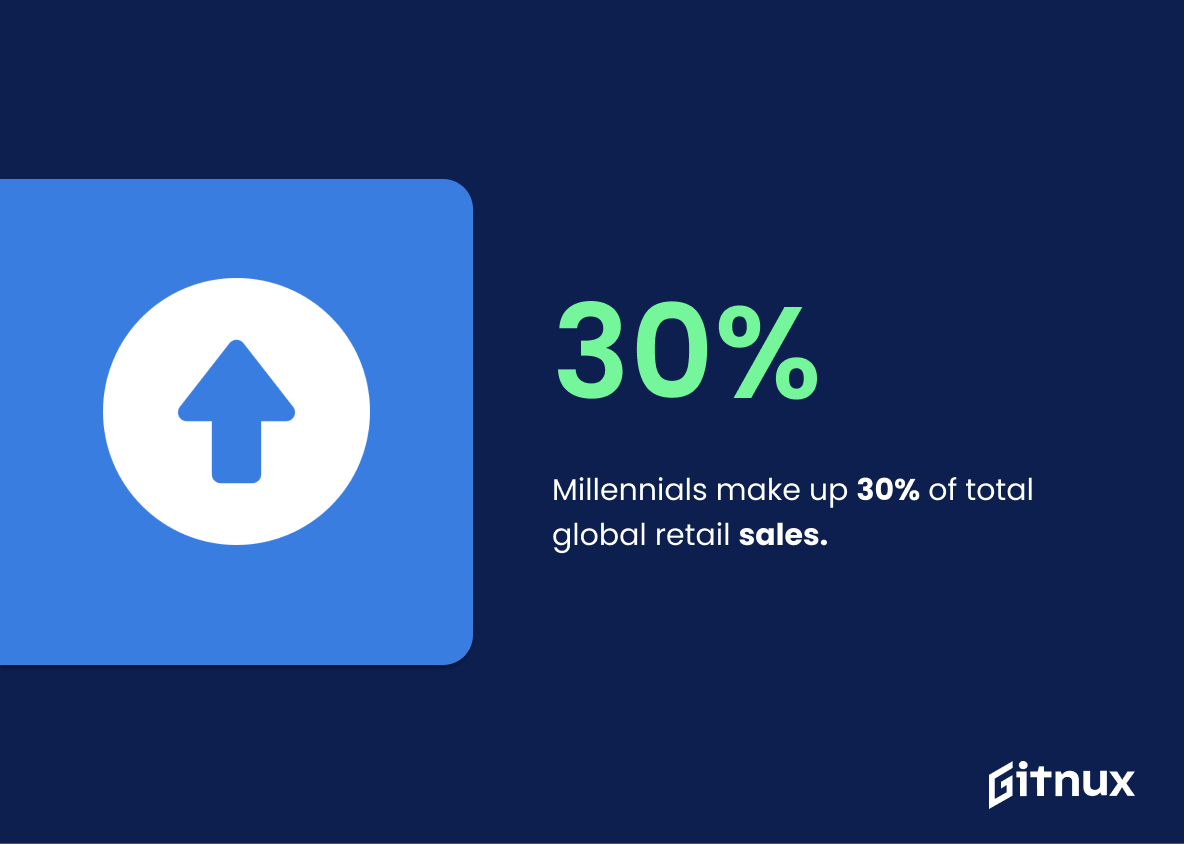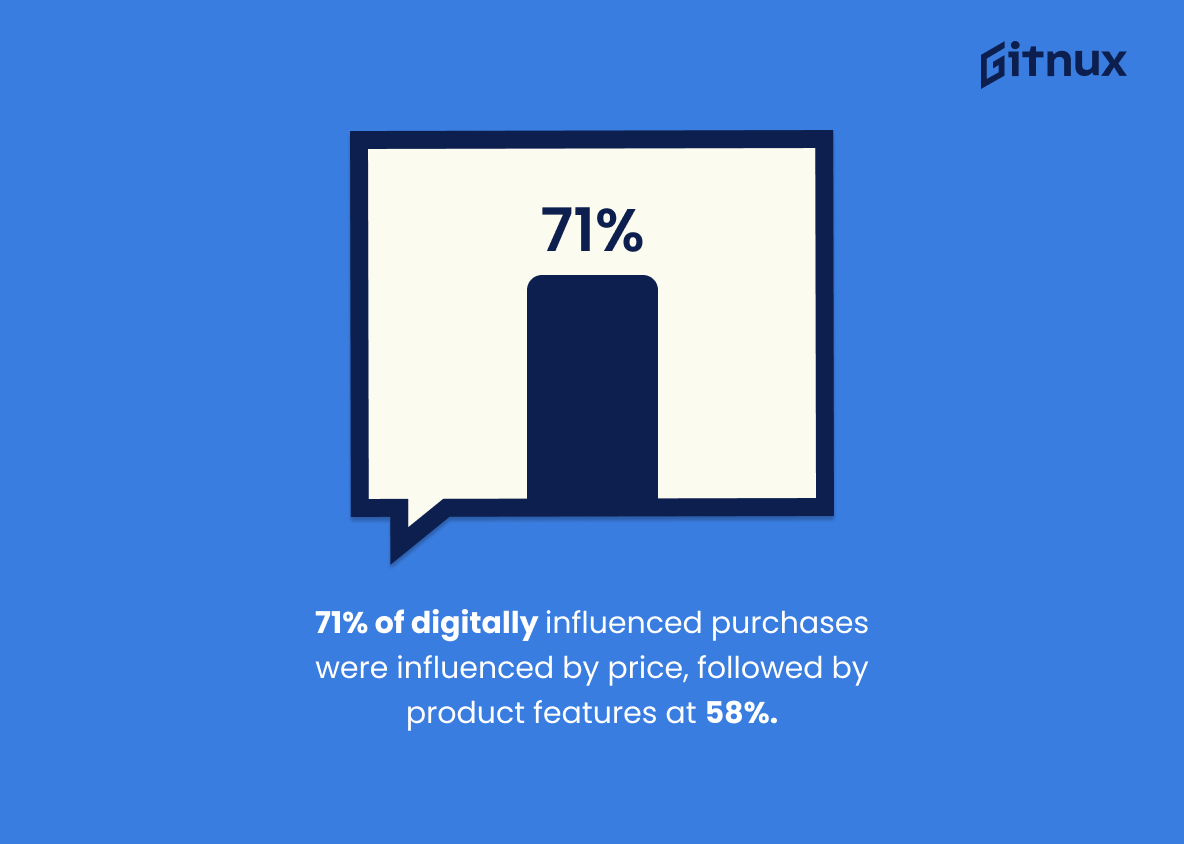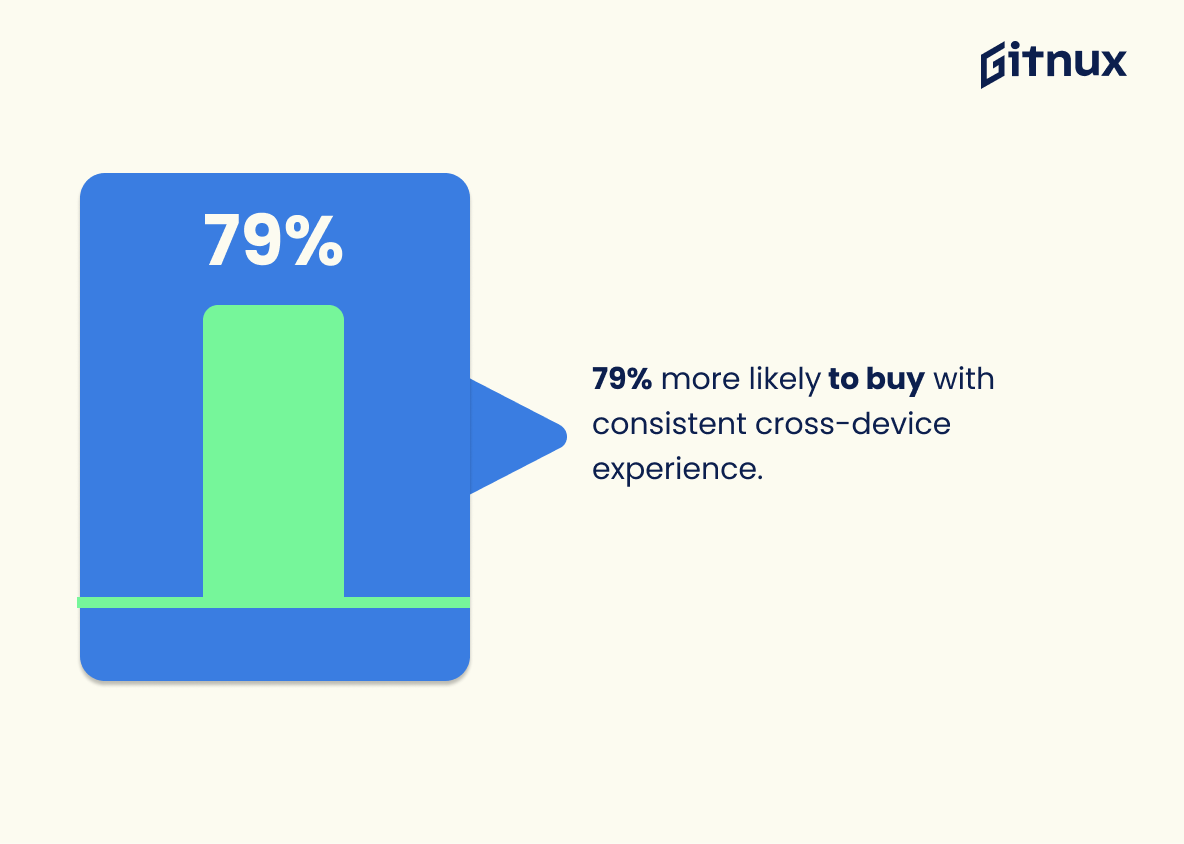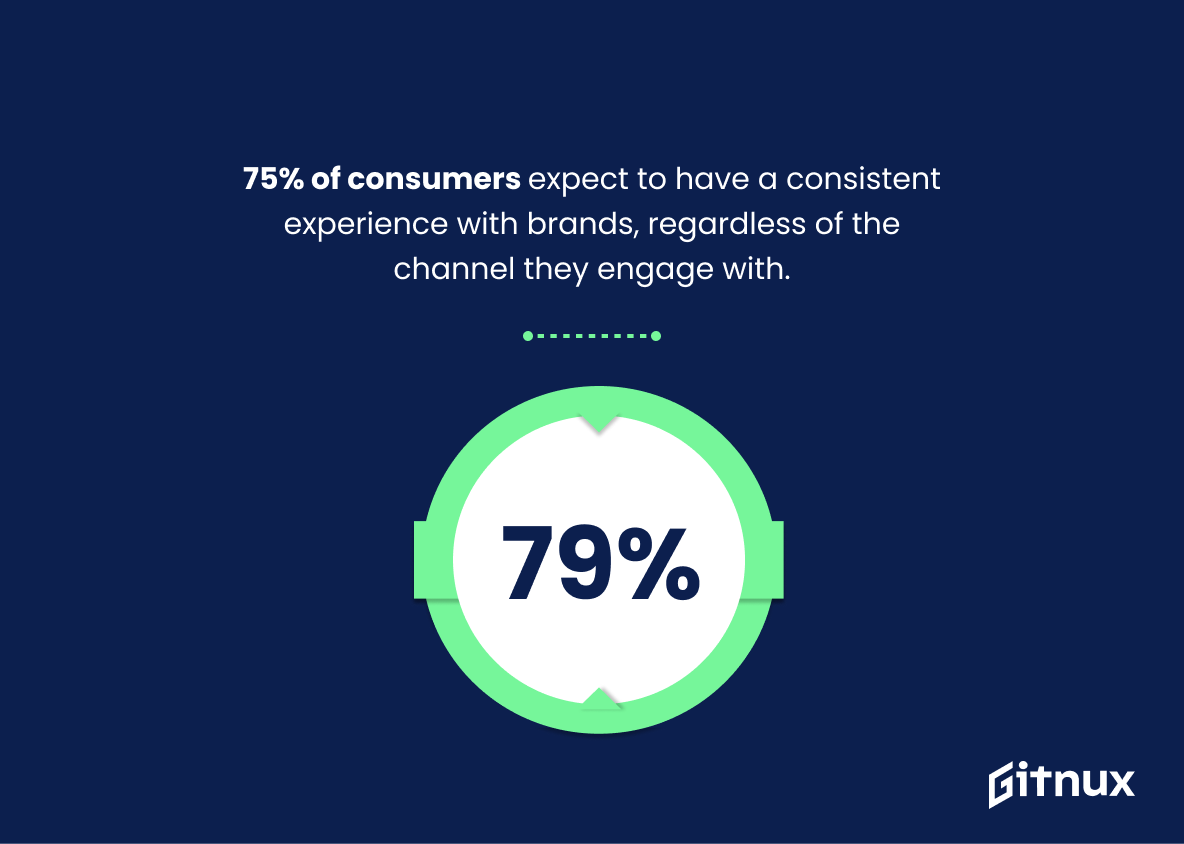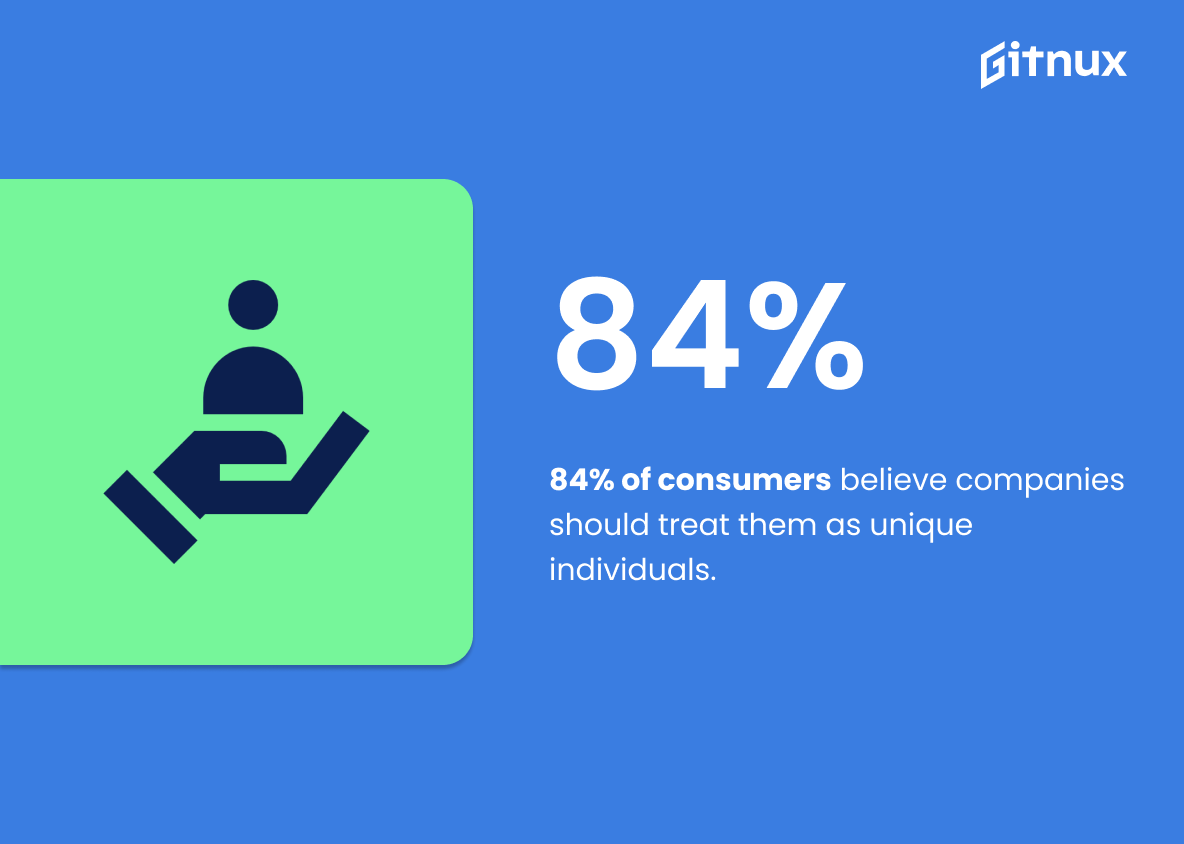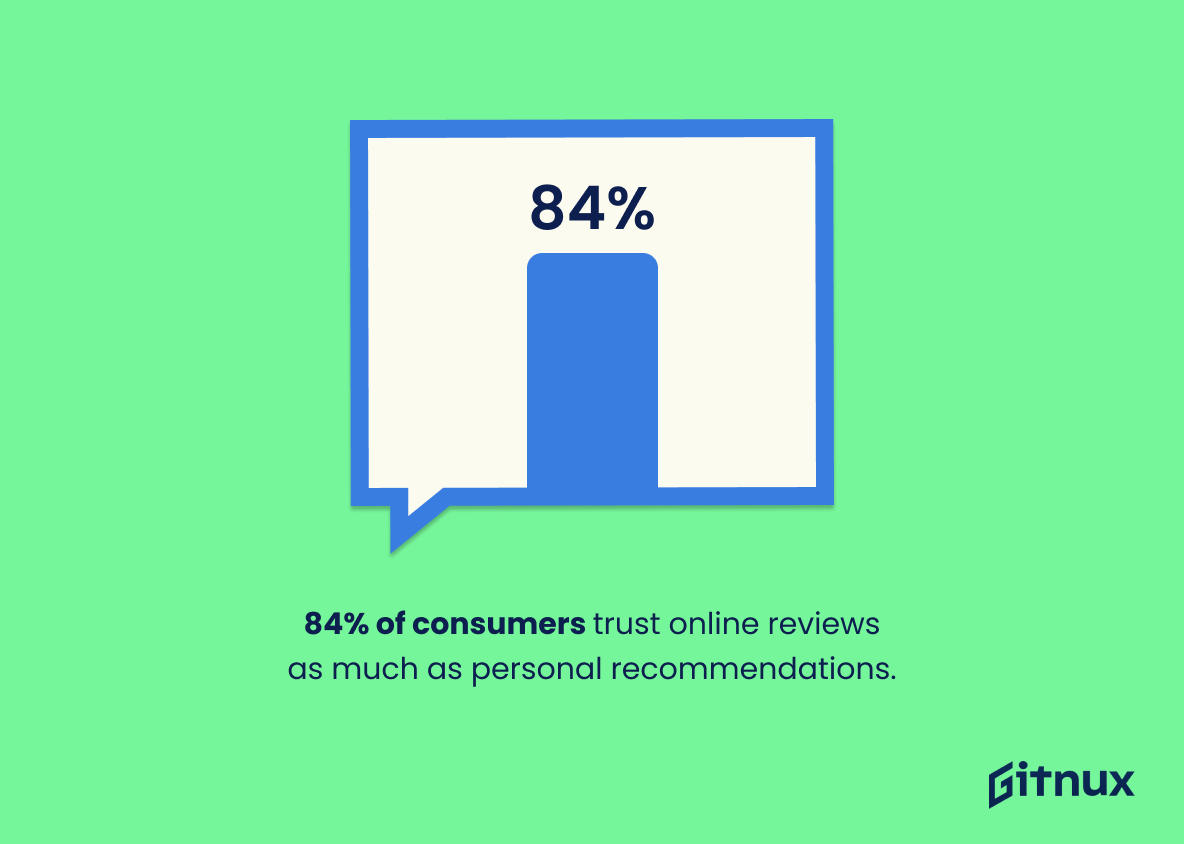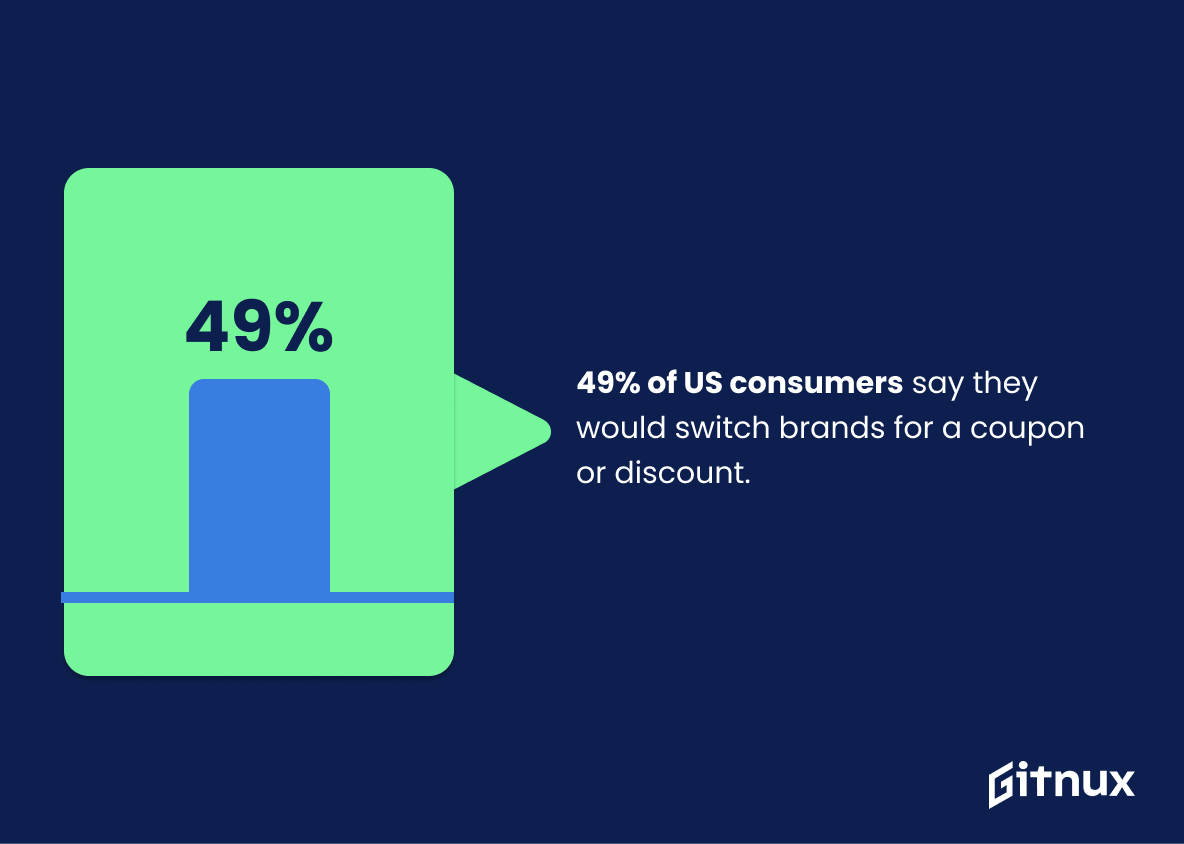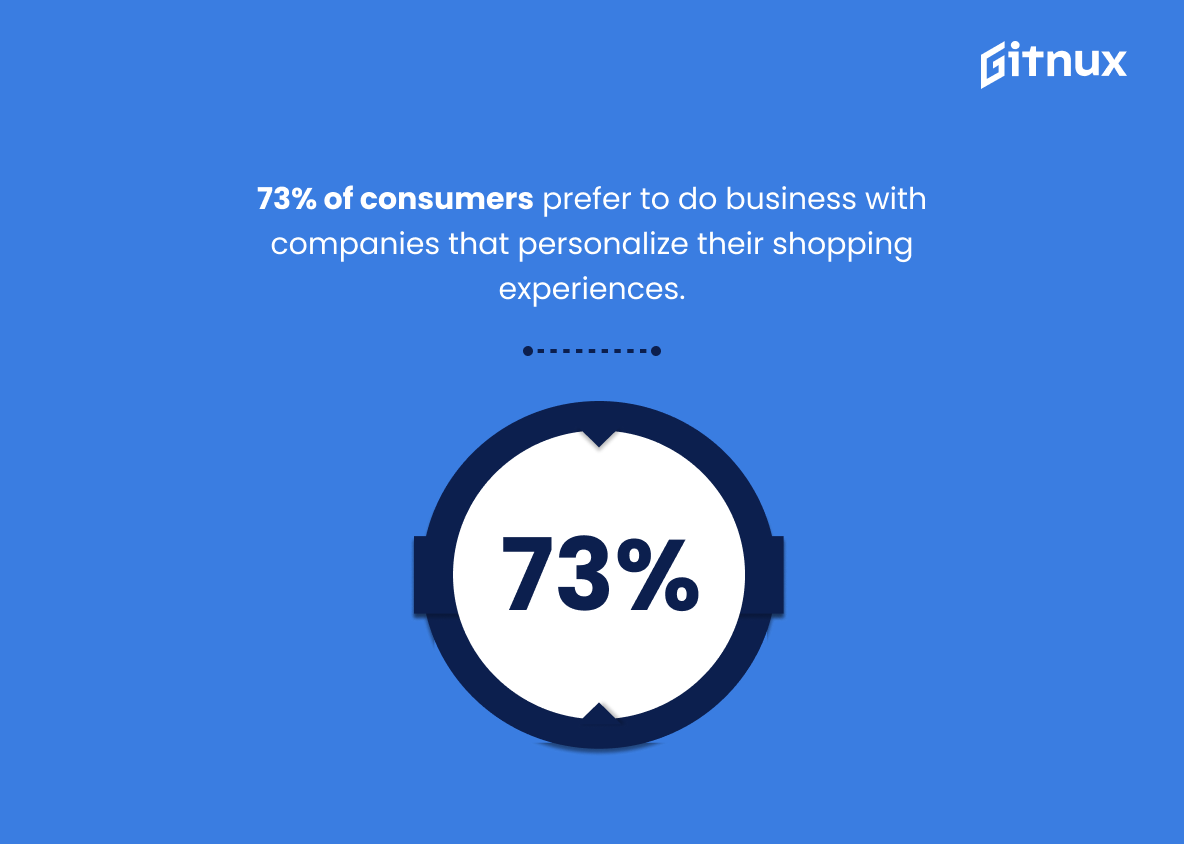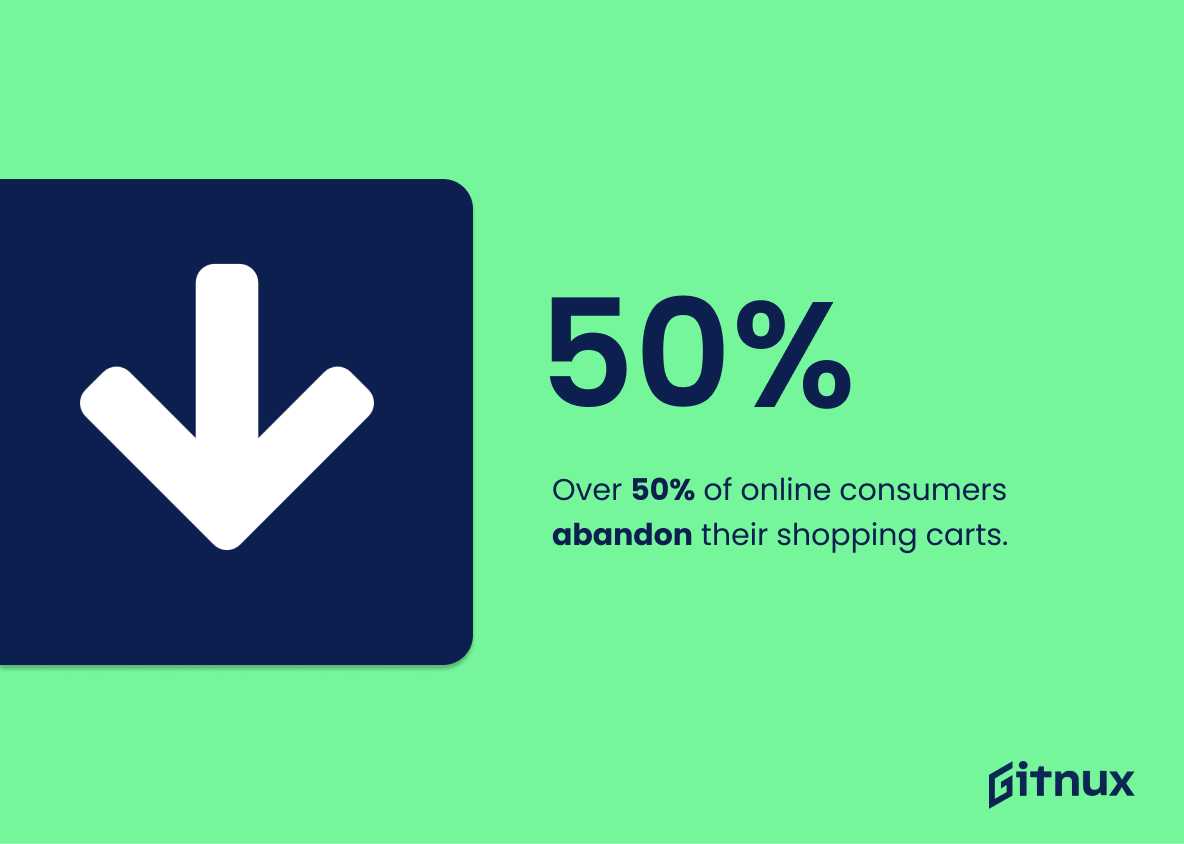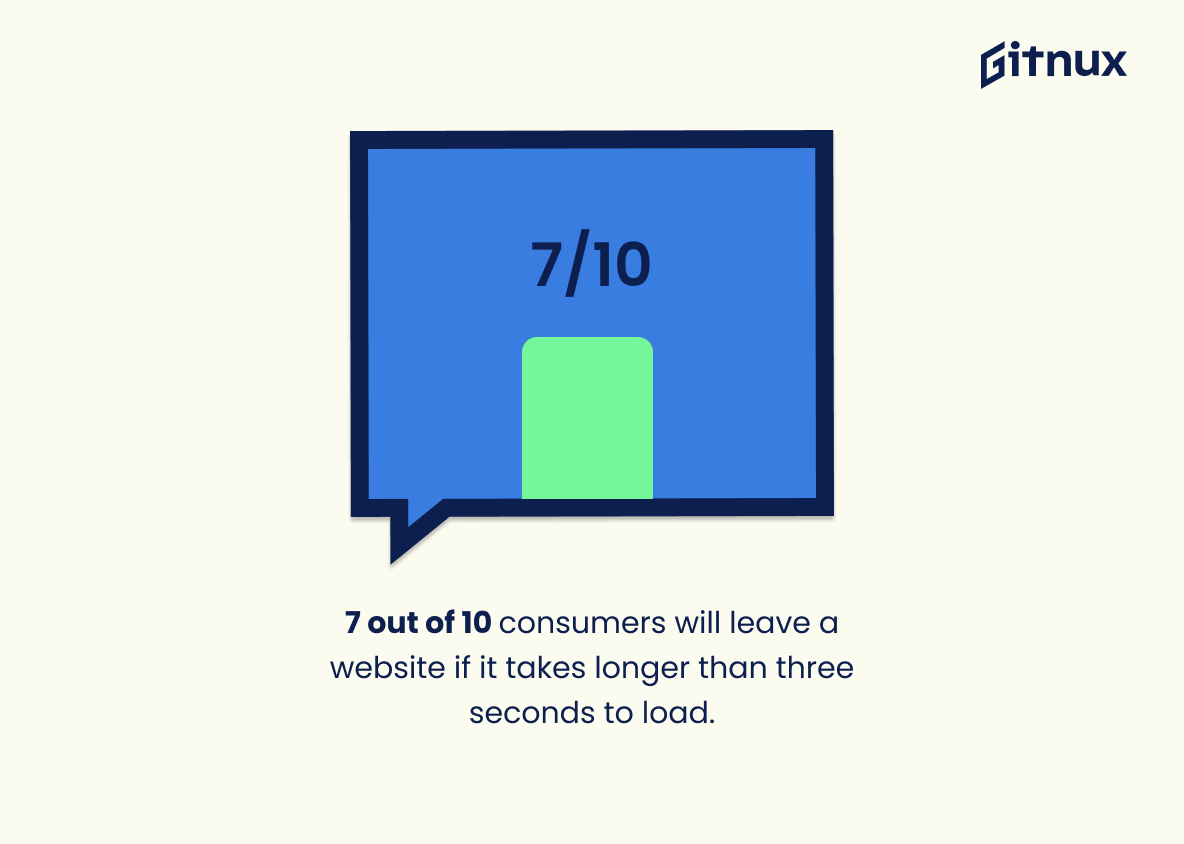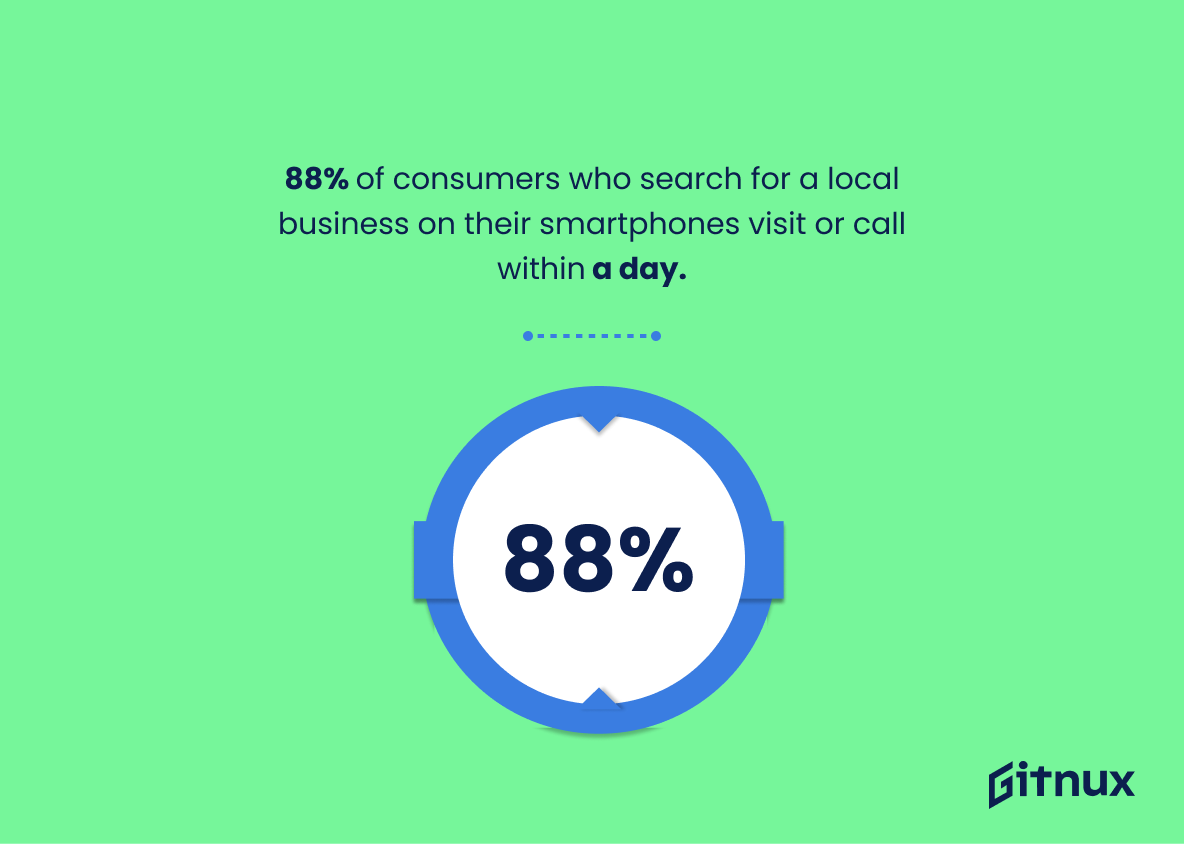Consumer behaviour is an important factor in the success of any business. Understanding how consumers make decisions and what influences their choices can help businesses create better products, services, and experiences that meet customer needs. In this blog post, we will explore 20 consumer behaviour statistics to gain a deeper understanding of today’s shoppers. From online reviews to voice-assistant technology purchases, these stats provide insight into the current state of consumer behavior across different channels and platforms.
This statistic is a powerful indicator of the influence of online reviews on consumer behaviour. It demonstrates that the majority of consumers are taking the time to research products and services before making a purchase decision, and that online reviews are a major factor in their decision-making process. This is an important insight for businesses to consider when developing their marketing strategies, as it highlights the importance of building a positive online reputation and providing quality customer service.
87% of consumers compare products online before shopping in physical stores.
This statistic is a powerful indicator of how consumer behaviour has changed in recent years. It shows that the majority of shoppers are now using the internet to research products before making a purchase in physical stores. This shift in behaviour has had a significant impact on the way businesses market their products and services, as well as how they design their physical stores. As such, this statistic is an important one to consider when discussing consumer behaviour statistics.
Consumer Behaviour Statistics Overview
Millennials make up 30% of total global retail sales.
This statistic is a powerful indicator of the influence Millennials have on the retail industry. It shows that Millennials are a major force in the global retail market, and that businesses must take their consumer behaviour into account when developing strategies. This is especially important for blog posts about consumer behaviour statistics, as it provides a valuable insight into the preferences and habits of this key demographic.
71% of digitally influenced purchases were influenced by price, followed by product features at 58%.
This statistic is a telling indication of the importance of price and product features when it comes to consumer behaviour. It highlights the fact that price is the primary factor influencing digital purchases, with product features coming in a close second. This information is invaluable for businesses looking to understand the motivations of their customers and how to best meet their needs.
More than 60% of smartphone users are more likely to purchase from companies whose mobile websites provide relevant information.
This statistic is a clear indication that companies should be investing in their mobile websites if they want to increase their sales. It shows that customers are more likely to purchase from companies whose mobile websites provide relevant information, meaning that businesses should be focusing on providing a user-friendly and informative mobile experience. This is especially important in the context of consumer behaviour statistics, as it highlights the importance of mobile websites in influencing customer decisions.
Consumer Behaviour
79% of consumers said they are more likely to purchase products if the brand provides a consistent experience across devices.
This statistic is a powerful indicator of the importance of providing a consistent experience across devices for brands. It shows that consumers are more likely to purchase products from a brand that offers a consistent experience, regardless of the device they are using. This highlights the need for brands to ensure that their customer experience is consistent across all devices, as it can have a significant impact on their sales.
75% of consumers expect to have a consistent experience with brands, regardless of the channel they engage with.
This statistic is a powerful reminder of the importance of providing a consistent experience for customers across all channels. It highlights the need for brands to ensure that their messaging, branding, and customer service are consistent across all platforms, as customers expect a seamless experience regardless of the channel they use. This is especially important in today’s digital world, where customers have access to a variety of channels and can easily switch between them. By providing a consistent experience, brands can build trust and loyalty with their customers.
84% of consumers believe companies should treat them as unique individuals.
This statistic is a powerful reminder of the importance of personalization in the modern consumer landscape. It highlights the need for companies to recognize the individual needs and preferences of their customers, and to tailor their services accordingly. By understanding the unique characteristics of their customers, companies can create a more meaningful and engaging experience, which can lead to increased customer loyalty and satisfaction. This statistic is a valuable insight into the current state of consumer behaviour, and can be used to inform strategies for improving customer experience.
84% of consumers trust online reviews as much as personal recommendations.
This statistic is a powerful indicator of the impact that online reviews have on consumer behaviour. It shows that the majority of consumers are placing a great deal of trust in online reviews, which is a testament to the power of the internet and the influence it has on consumer decisions. This statistic is important for businesses to consider when creating their marketing strategies, as it demonstrates the importance of online reviews in influencing consumer behaviour.
Impulse purchases account for 40% of all consumer spending.
This statistic is a telling indication of the power of impulse buying in the consumer market. It highlights the importance of understanding consumer behaviour and how to influence it in order to maximize sales. It is a key factor to consider when creating marketing strategies and campaigns, as it can be used to target potential customers and encourage them to make impulse purchases.
49% of US consumers say they would switch brands for a coupon or discount.
This statistic is a telling indication of the power of coupons and discounts in influencing consumer behaviour. It shows that almost half of US consumers are willing to switch brands if they are offered a coupon or discount, demonstrating the importance of promotional offers in driving sales.
73% of consumers prefer to do business with companies that personalize their shopping experiences.
This statistic is a powerful indicator of the importance of personalization in the modern consumer’s shopping experience. It shows that the majority of consumers are looking for a tailored experience when they shop, and that companies should be taking steps to ensure that their customers are getting the most out of their shopping experience. This statistic is a valuable insight into consumer behaviour, and can be used to inform businesses on how to best meet the needs of their customers.
Over 50% of online consumers abandon their shopping carts.
This statistic is a telling indication of the current state of consumer behaviour. It suggests that, despite the convenience of online shopping, many consumers are still hesitant to complete their purchases. This could be due to a variety of factors, such as a lack of trust in the online store, concerns about shipping costs, or simply a lack of interest in the product. Understanding why consumers are abandoning their shopping carts is essential for businesses to improve their customer experience and increase sales.
7 out of 10 consumers will leave a website if it takes longer than three seconds to load.
This statistic is a powerful reminder of the importance of website speed when it comes to consumer behaviour. It highlights the fact that if a website takes too long to load, the majority of consumers will simply move on to another site. This is a crucial insight for businesses to consider when designing their websites, as it could mean the difference between success and failure.
81% of consumers are more likely to buy a product if their friends recommend it.
This statistic is a powerful indicator of the influence of peer recommendations on consumer behaviour. It demonstrates that the opinions of friends and family can have a significant impact on the purchasing decisions of consumers, and that companies should take this into account when marketing their products. This statistic is especially relevant in the context of a blog post about consumer behaviour statistics, as it provides insight into the motivations and preferences of consumers.
80% of consumers would be willing to share basic personal information for a better shopping experience.
This statistic is a telling indication of the current consumer mindset; it demonstrates that the majority of shoppers are willing to provide basic personal information in exchange for a more tailored shopping experience. This is an important insight for businesses to consider when developing their marketing strategies, as it suggests that customers are increasingly open to sharing their data in order to receive a more personalized service. As such, this statistic is a valuable piece of information for anyone looking to gain a better understanding of consumer behaviour.
88% of consumers who search for a local business on their smartphones visit or call within a day.
This statistic is a powerful indicator of the impact of mobile search on consumer behaviour. It shows that when consumers search for a local business on their smartphones, they are highly likely to take action within a day. This highlights the importance of mobile search for businesses, as it can be a powerful tool for driving customers to their stores. Furthermore, it demonstrates the need for businesses to ensure their mobile presence is optimized, as it can be a key factor in driving customers to their stores.
Conclusion
The statistics presented in this blog post demonstrate the importance of understanding consumer behaviour when it comes to making purchase decisions. Consumers are increasingly relying on online reviews, comparing products across different channels and expecting personalized experiences from brands. Additionally, they prefer eco-friendly promotional items and discounts over other incentives. Furthermore, consumers trust their friends’ recommendations more than any other form of marketing message and expect websites to load quickly or else they will abandon them altogether. Finally, voice assistant technology is becoming an important part of shopping for many people as well as using local search results on smartphones to make purchases within a day’s time frame. All these factors point towards the need for businesses to stay up-to-date with current trends in order to remain competitive in today’s market place.
References
0. – https://www.salesforce.com
1. – https://www.zdnet.com
2. – https://www.retaildive.com
3. – https://www.shopify.com
4. – https://www.baymard.com
5. – https://www.thinkwithgoogle.com
6. – https://www.messagegears.com
7. – https://www.brightlocal.com
8. – https://www.qualtrics.com
9. – https://www.grandviewresearch.com
10. – https://www.businesswire.com
11. – https://www.creditdonkey.com
12. – https://www.marketingcharts.com
13. – https://www.accenture.com
14. – https://www.bazaarvoice.com
ZipDo, cited June 2023: Consumer Behaviour Statistics
